When you’re involved in an accident, you expect the other driver’s insurance to cover damages—especially if they’re at fault. But what happens if that driver has no insurance or not enough to cover your losses?
That’s where Uninsured Motorist (UM) and Underinsured Motorist (UIM) coverage come in. These often-overlooked protections can save you from paying out of pocket when the other driver can’t—or won’t.
In this article, we’ll break down what UM and UIM coverage is, how it works, and why every driver should consider including it in their auto insurance policy.
What Is Uninsured Motorist Coverage?
Uninsured Motorist (UM) coverage helps pay for your injuries or property damage if you’re hit by a driver who does not carry auto insurance.
Common scenarios include:
-
You’re hit by a driver who flees the scene (a hit-and-run)
-
The at-fault driver never had insurance
-
The driver’s insurance was canceled or expired
What Is Underinsured Motorist Coverage?
Underinsured Motorist (UIM) coverage steps in when the at-fault driver has insurance, but their coverage limits are too low to pay for all your medical or repair expenses.
Example:
If your total damages are $60,000, but the other driver only carries $25,000 in liability coverage, UIM may help cover the remaining $35,000—up to your policy limits.
What Does UM/UIM Typically Cover?
There are two main types of uninsured and underinsured motorist coverage:
1. Bodily Injury (UMBI/UIMBI)
Covers:
-
Medical expenses
-
Lost income
-
Pain and suffering
-
Funeral costs (in fatal accidents)
2. Property Damage (UMPD/UIMPD)
Covers:
-
Damage to your car or other property
-
May come with a deductible
-
Not available in all states
Check your state laws and policy options to confirm what’s offered and required.
Why Is UM/UIM Coverage So Important?
High Rate of Uninsured Drivers
According to the Insurance Research Council, about 1 in 8 drivers in the U.S. is uninsured. In some states, the rate is much higher. If one of them hits you, you could be left with the bill unless you have UM coverage.
Minimum Liability Limits Are Often Too Low
Many drivers only carry the state-required minimum, which may not be enough to cover serious injuries or vehicle replacement costs.
Hit-and-Run Accidents Are Common
If a driver hits you and leaves the scene, and they can’t be identified, UM coverage can protect you financially.
Medical Costs Can Be Expensive
Even a minor injury can lead to thousands in medical bills. Without UM/UIM, you might be forced to rely on your health insurance—or pay out of pocket.
Is UM/UIM Coverage Required?
It depends on your state:
-
Some states require UM or UIM coverage (e.g., New York, Illinois, Maryland).
-
Others make it optional, but insurers must give you the option to decline it in writing.
Even if it’s not required in your state, it’s highly recommended—especially if you drive in high-traffic or high-risk areas.
How Much Coverage Should You Carry?
Many insurance experts recommend matching your UM/UIM limits to your bodily injury liability limits.
For example:
If you carry $100,000 per person and $300,000 per accident in liability coverage, consider setting your UM/UIM limits to the same levels.
Check with your insurer to see what coverage levels are available and affordable for your situation.
Do These Coverages Have Deductibles?
-
Bodily Injury (UMBI/UIMBI) generally does not have a deductible.
-
Property Damage (UMPD/UIMPD) often does have a deductible—usually between $250 and $500.
Always confirm with your provider, as terms can vary.
How to File a UM/UIM Claim
- Report the accident to police and your insurance provider right away.
- Document everything: photos, witness info, medical treatment, and repair estimates.
- File a claim under your UM or UIM coverage.
- Cooperate with your insurer’s investigation to help resolve the claim quickly.
Keep in mind, you may still need to prove that the other driver was at fault.
While it’s easy to overlook, Uninsured and Underinsured Motorist Coverage is a critical part of a complete auto insurance policy. It protects you from financial harm when other drivers aren’t able to.
For a relatively small increase in your premium, this coverage can provide peace of mind—and thousands of dollars in protection—when you need it most.

